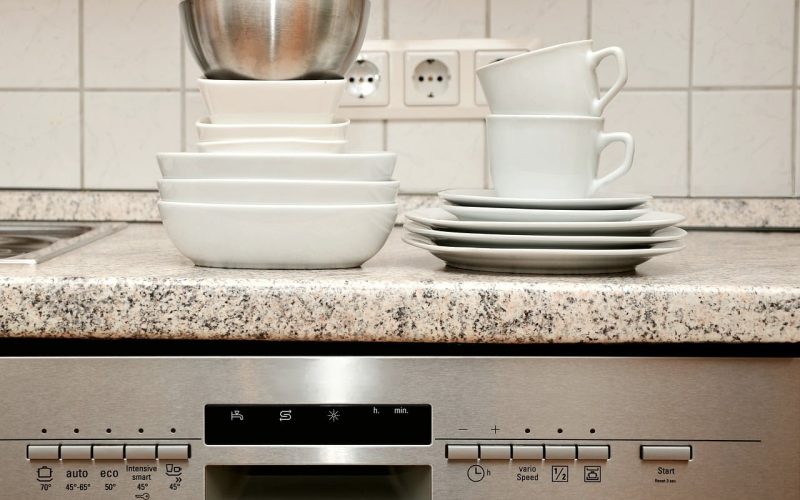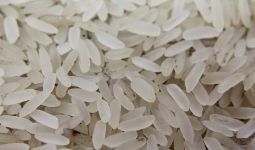You might be wondering if dishwashers are airtight and what that means for their performance.
The short answer is that dishwashers are not airtight, but this is not a problem since they are designed to be watertight.
This means that they prevent water from entering or escaping the enclosed space during the washing cycle.
The design of a dishwasher allows for air to circulate throughout the machine through various vents and openings.
This is actually beneficial for the proper functioning of your dishwasher.
By not being airtight, your dishwasher can efficiently distribute water and detergent to clean your dishes effectively.
Understanding the mechanics of your dishwasher is important to ensure it operates at its peak performance.
By knowing that your dishwasher is not airtight but watertight, you can have confidence that it is designed to keep water in its place while maintaining proper airflow for an optimal cleaning experience.
Are Dishwashers Airtight?
No, dishwashers are not airtight. They’re designed to be watertight, which means they prevent water from entering or escaping an enclosed space, rather than airtight, where air can’t escape.
This distinction is important for your dishwasher’s functionality and efficiency.
Your dishwasher has a number of vents and openings that allow air and steam to circulate throughout the machine, which is crucial for proper cleaning and drying.
When you load your dishwasher, the air is necessary for picking up moisture and humidity after the cleaning process.
Steam generated by hot water needs somewhere to escape, and the vents provide that pathway.
Without these pathways, excess humidity would linger and potentially damage your kitchenware and the dishwasher itself.
One important feature related to airflow in dishwashers is the dishwasher air gap.
This is a cylinder fitting that connects your dishwasher’s drain hose to the kitchen sink drain, preventing dirty water from flowing into the dishwasher, as well as avoiding backflow during washing cycles.
Many local plumbing codes even require the installation of air gaps for safety.
To further prevent backflow and clogs in your dishwasher, consider installing a high loop for the drain hose.
This means attaching the hose at least 20 inches above the ground, ideally to the underside of the counter.
Gravity will ensure water flows correctly through the drainage site, and built-in air gaps in some models can offer additional protection from contaminated water.
This circulation of air within your dishwasher ensures efficient and thorough cleaning of your dishes and kitchenware.
When choosing food storage containers, opt for BPA-free plastic or borosilicate glass.
These materials better withstand heat and are considered eco-friendly options.
In summary, your dishwasher’s airtightness isn’t a feature to be concerned about.
Instead, appreciate the efficient design that uses vents, air gaps, and high loops to ensure proper air circulation, cleaning, and drying within your kitchen appliance.








